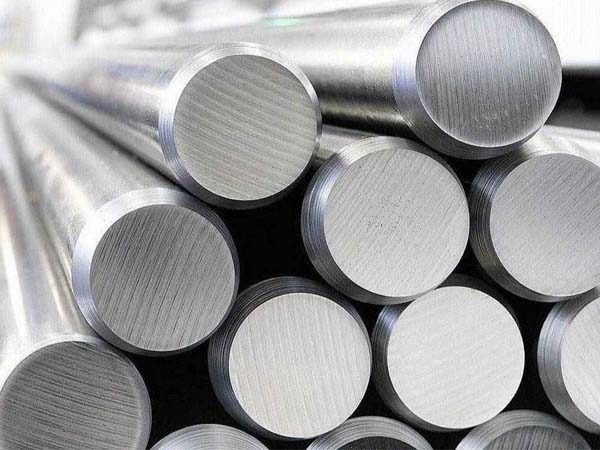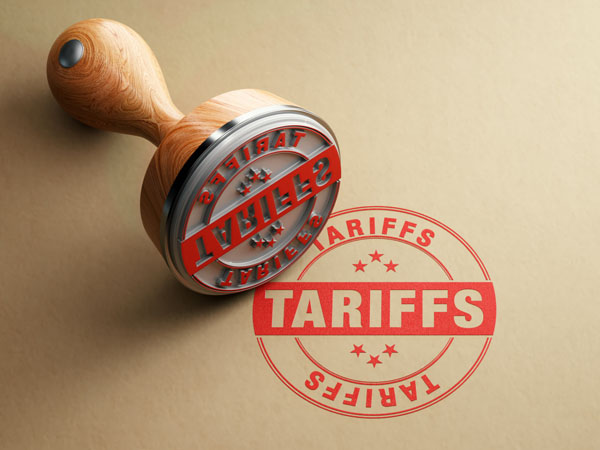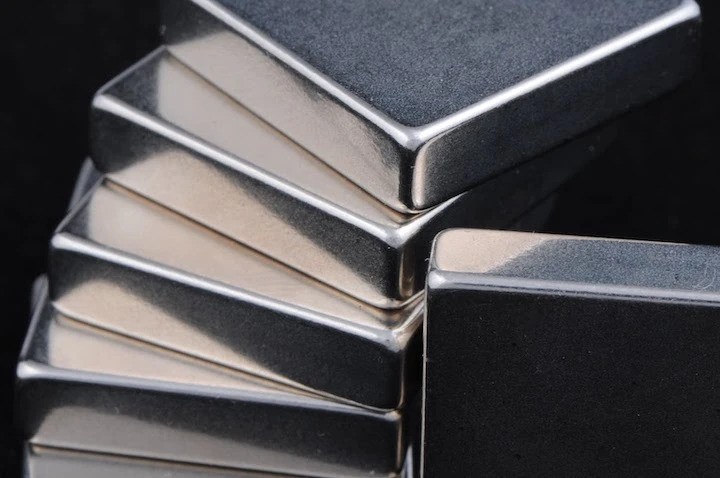





Phone
+86-731-82250427
Address
25th floor, C3 Building, Wanda Plaza, Kaifu District, Changsha, Hunan Province, China.
 May 24 2023
May 24 2023Which is better between 304 and 316 stainless steel? what is the difference between 304 and 316 stainless steel? Which 304 or 316 stainless steel is more suitable for food grade use? In fact, both 316 and 304 stainless steels are austenitic stainless steels, which have good rust resistance and corrosion resistance, but there are obvious differences in high temperature mechanical properties and corrosion resistance of special media.
The difference between 304 and 316 stainless steel
The difference between 304 and 316 stainless steel, we first compare the following four aspects (price, molybdenum content, nickel content, carbon content):
304 stainless steel is a widely used stainless steel model. It can withstand high temperatures of 800 degrees, has the characteristics of easy processing and high toughness, and is used in industries such as industry, furniture decoration, food and medical treatment. 304 stainless steel is a general-purpose stainless steel, which is widely used to make equipment and parts that require good comprehensive performance (corrosion resistance, formability). (View: 304 stainless steel chemical composition)
304 stainless steel
304 stainless steel plate (thickness 6mm)
316L stainless steel is an American standard stainless steel grade. The "L" in 316L, which means Low in English, means that 316L is a material with a lower carbon content in the same series. Our national standard stainless steel grade (model) similar to 316L stainless steel is 022Cr17Ni12Mo2, and its corresponding digital code (coded according to the United States UNS system) is S31603. (View: 316L stainless steel chemical composition)
Compared with 304, 316L stainless steel has greatly improved the performance of chemical corrosion resistance, and has higher resistance to high temperature creep, stress fracture and tensile strength than other steels.
316L stainless steel is more resistant to the atmosphere and similar mild corrosion than 304. The corrosion resistance of 316L stainless steel in sulfuric acid solution is much higher than that of other Cr-Ni stainless steels (such as 304, 321, etc.). At a temperature of 49°C, 316L stainless steel can withstand this acid solution with a concentration of up to 5%. At a temperature of 38°C, 316L stainless steel has excellent corrosion resistance to higher concentration solutions. (Note: 316L stainless steel is more resistant to corrosion than other types in the place where sulfur-containing gas is condensed. However, in this case, the acid concentration has a significant impact on the erosion rate, and it needs to be carefully determined)
316L stainless steel
316L stainless steel plate (thickness 8mm)
Which is better, 304 or 316 stainless steel, and how to choose?
Case 1: When the corrosion resistance is not high, 304 stainless steel is better because the unit price of 304 stainless steel is lower than that of 316 stainless steel.
Case 2: When the use scene has high requirements for chloride ion corrosion resistance and heat resistance, 316 stainless steel is better, because 316L stainless steel contains molybdenum (Mo) element, the carbide formed by it is extremely stable and can prevent austenite The grains grow when heated, reducing the overheating sensitivity of steel. In addition, molybdenum can make the passivation film denser and firmer, thereby effectively improving the corrosion resistance of stainless steel to chloride ions (Cl-).
In short, whether 316 stainless steel or 304 is better, it is necessary to comprehensively consider the various requirements of the actual use scene in order to be reliable, durable and cost-effective.
